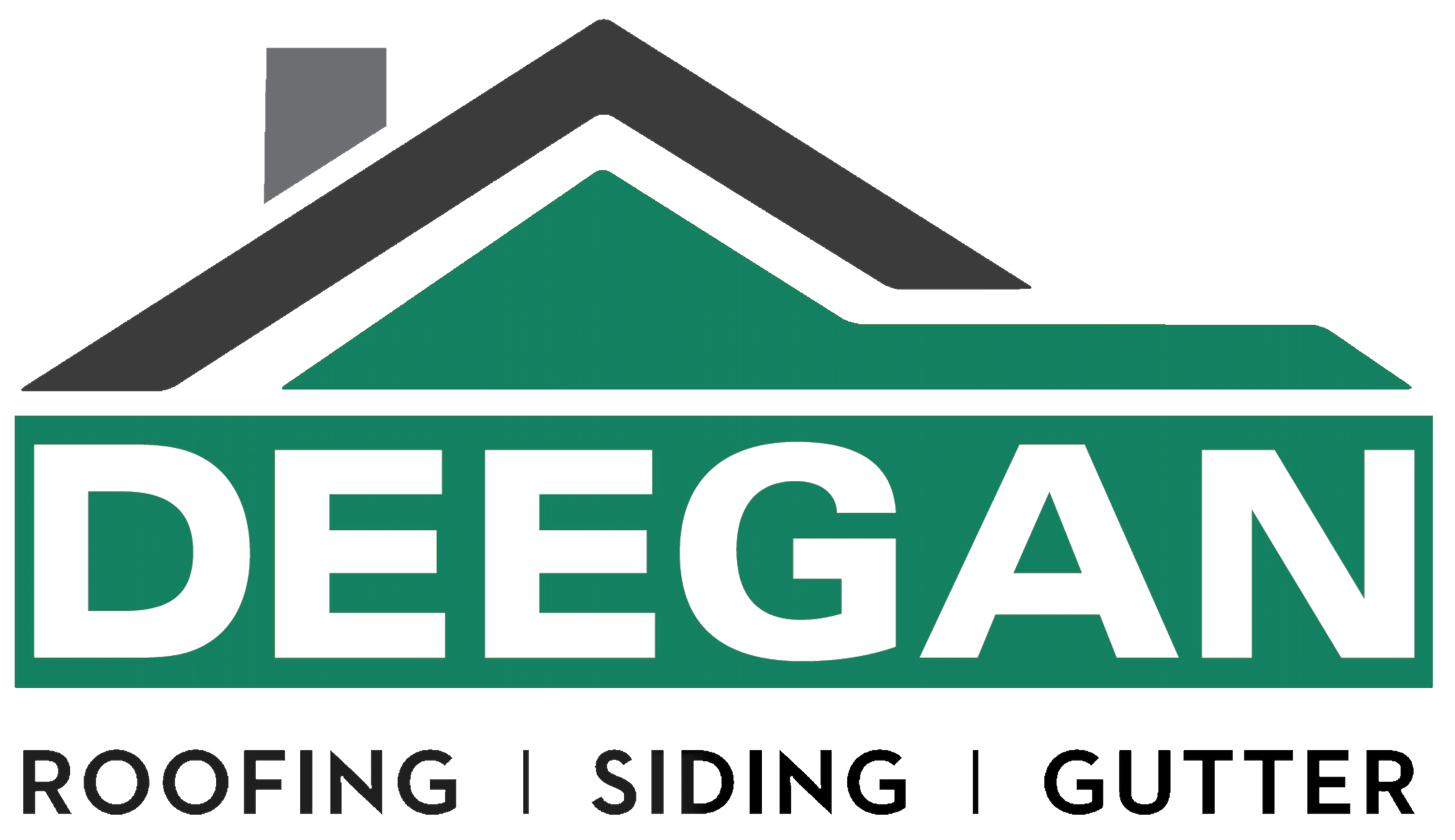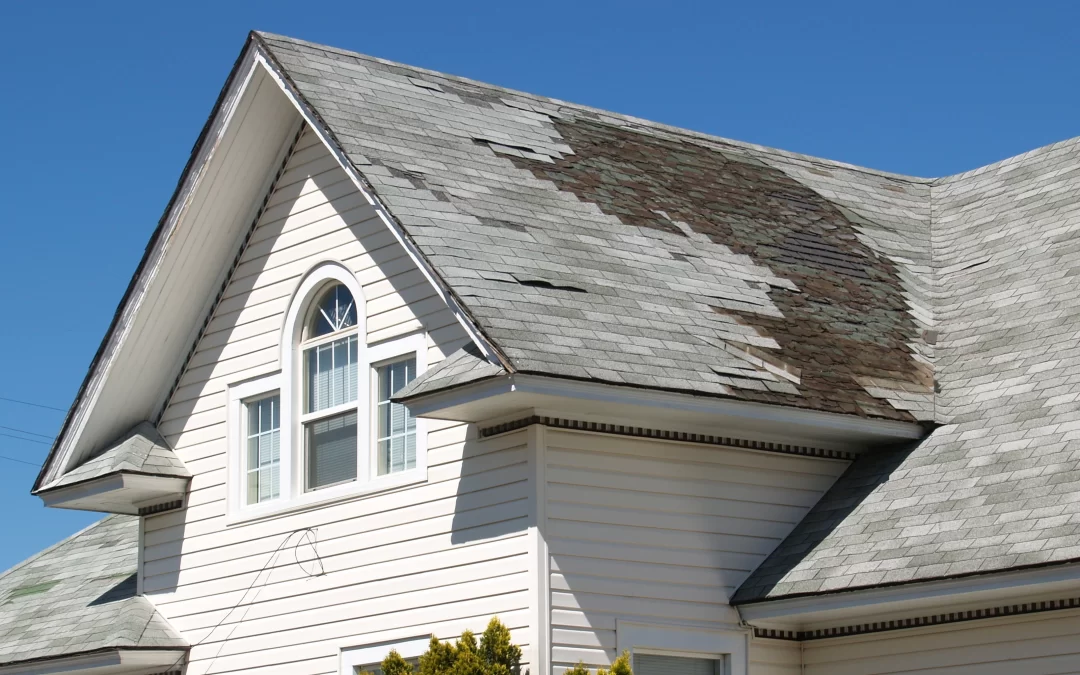Many factors can play into how your roof gets damaged, but roof damage is more than just shingle-related issues. Roof damage can be caused by outside forces like weather or defective / aged roofing materials. For homeowners, it’s important to be aware of the many different types of issues that can impact your roof. Knowing about these issues can help prevent major damage down the line. Here’s a list of common roofing issues homeowners should know about.
Broken or Missing Shingles
Shingles are attached to your roof by a durable sealant and when that sealant wears off either due to age or weather, those shingles can loosen or break off. Broken or missing shingles are one of the most common roofing problems a homeowner can encounter. Because it’s so common, it’s also an easy fix with the help of a professional that can ensure safety and proper installation.
Roof Leaks
Another common roofing issue seen by most homeowners are roof leaks. Roof leaks have many triggers like aged roofs, broken or missing shingles, clogged gutters, and even chimney damage. Typically, leaks are located several feet from the source, and the best way to check for leaks in your house is by inspecting the attic. Take a look around with a flashlight or another light source and see if you can find any water stains, mold, or black spots anywhere. If you have a vaulted ceiling which wouldn’t allow space to support an attic, then you should check for water damage on the roof. For your safety, it’s best to allow a professional to help with inspecting and fixing your roof.
Clogged Downspouts
After a new roof installation, it’s possible that some granules can fall off. That’s normal and typically nothing to get concerned about, but if your roof is old and you see granules in your downspout, that’s normally a sign of weakened shingles and indicates it’s time for a roof replacement. Granules protect your roof from harmful UV rays. If granules from your roof begin to fall off, it makes your roof vulnerable to even more damage like cracked or broken shingles. The best way to check for fallen granules is checking for clogs in your gutters.
Damaged Flashing
Flashing protects creases on fixtures like skylights and chimneys. It’s made of plastic or sheet metal that protects the venting pipes located under your roofing materials. If your flashing cracks, loosens, or gets damaged, the fixtures become vulnerable to outside elements like water or moisture. If you find your flashing is cracked or damaged, it is time to replace it with a new one. Because your shingles will most likely need to be removed in order to install a new flashing, it’s best to hire professional help to install this on your roof.
Stagnant or Pooling Water
If your gutters are clogged from debris like leaves and twigs or granules, it makes it easier for your roof to catch water. Pooling or stagnant water can quickly develop into mold or mildew which weakens the roofing material and damages your roof. To avoid this, it’s important to create surfaces on your roof for water to run off.
Tree Damage
After a severe storm, it’s typical to see fallen branches or uprooted trees damage a homeowners roof. Large branches falling aren’t the only thing that can damage a roof. Smaller branches that come in contact with your roof can rub against it and eventually erode the top layer of your roof. To mitigate roof damage from trees, trimming tree branches or cutting down high-risk trees on your property reduces your risk for roof damage after a storm.
Freeze Damage
Major roof damage can occur during cold weather. Ice water melts at a slower rate than rain water, which means the amount of time moisture is on your roof is extended. This acts like stagnant water and makes your roof more susceptible to water penetrating underneath the surface and causing damage. Any water that does manage to penetrate the surface of your roof can refreeze during temperature drops. This means that water never leaves your roof and can let even more water in. By the time warm weather season approaches, homeowners can see some major roofing issues crop up. Homeowners that experience extreme weather conditions such as this should regularly check their roof for damage.
Defective or Damaged Roofing Materials
Roofing materials can be considered any material on your roof like shingles, tiles, nails, and even sealants. The biggest factor that contributes to a weakened roof is weather. Regular maintenance and checks by homeowners is the best way to avoid big problems. Doing this helps you catch any problem areas before they become major issues.
Schedule a Maintenance Check
Your roof is susceptible to many issues both during and outside of severe weather seasons. Homeowners should have any problem areas repaired before any major damage to your roof occurs. Now is a great time to get your roof checked and get maintenance done. Contact us for a free estimate.

